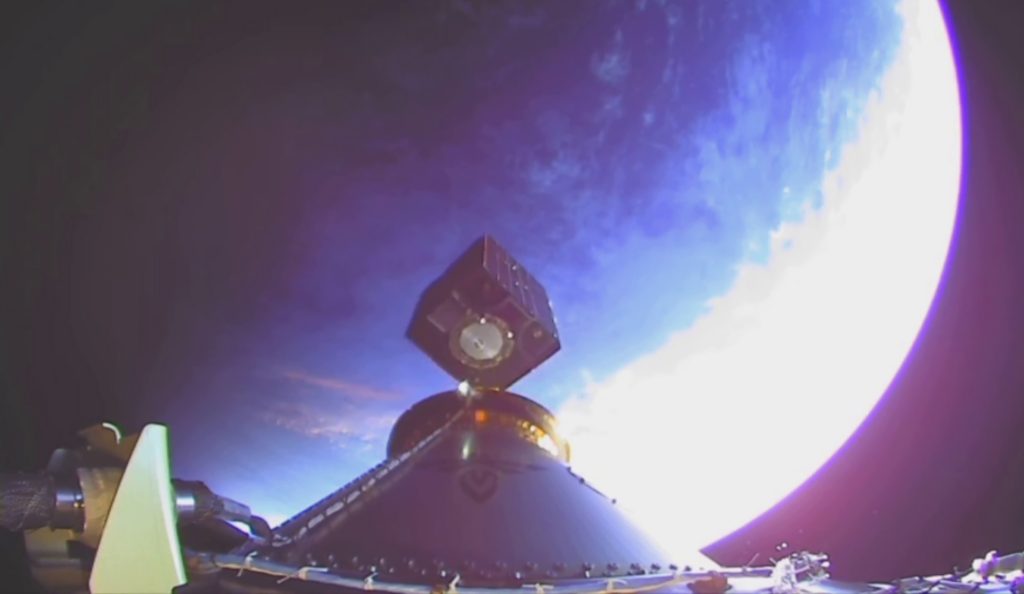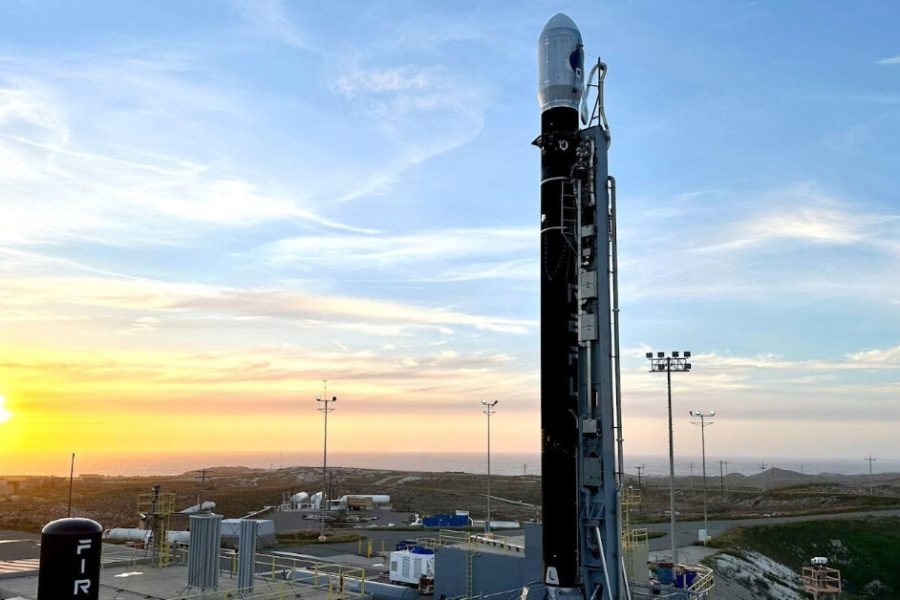Editor’s Note: This story was updated March 26 after Space Systems Command clarified its statement to note that TacRS is not a formal acquisition program and thus does not have a formal IOC date.
The Space Force is expanding the scope of its upcoming mission to launch a satellite on 24 hours’ notice—and hopes to reach an initial operational capability for the effort, dubbed “Tactically Responsive Space,” in fiscal 2025.
Budget documents released this month revealed new details on USSF’s plans to build on the success of last year’s “Victus Nox” mission, which offered ground-breaking proof that the Space Force can respond swiftly to changes in the domain and the needs of combatant commanders.
Next up is “Victus Haze,” first announced last August. Chief of Space Operations Gen. B. Chance Saltzman has said that mission must go even faster than Victus Nox, which took a satellite from warehouse to orbit in just five days, putting it into orbit just 27 hours after receiving launch orders.
“I still think we have margin in the schedule,” Saltzman said at the AFA Warfare Symposium in February. “And so in Victus Haze, we’re going to set some standards that say nope, we’ve got to compress this more.”
Victus Haze will also add complexity, including multiple mission components, according to Space Force budget documents. USSF is requesting $30.05 million for Tactically Responsive Space in 2025, including funds to “support the planned launches and operations of the two VICTUS HAZE missions that will be ready for call-up in the second quarter of FY25.”
An official from the TacRS program office declined to offer details on Victus Haze due to ongoing contract negotiations. “What we can say is that an additional opportunity was approved to expand the scope of the VICTUS HAZE mission,” the offical said.
A Defense Innovation Unit official told reporters at the Satellite 2024 Conference this week that contracts for Victus Haze will likely go out in the “next couple of weeks,” Breaking Defense reported. Budget documents project a contract award in May.
After Victus Haze, the Space Force wants to “provide initial operational capabilities starting in FY 2025” and keep pressing forward with Victus Sol, with launch slated for the first half of fiscal 2026, according to budget documents.
“We consider VICTUS SOL to be our first operational mission as it will address a stated Combatant Command need,” the TacRS program official said. “We are currently developing our overarching TacRS acquisition strategy which includes operational readiness milestones for specific mission sets based on demonstrated proficiencies across our space, ground, and operations segments.”

Details of the Victus Sol mission are not yet clear, but broadly speaking, the Space Force wants the mission to build on its ability “to launch within 24 hours of notice, match the orbital plane of a previously unknown object, and conduct rendezvous and proximity operations for inspection and characterization on an operationally relevant timeline,” according to budget documents.
Planning for a fourth “Victus” mission will start in fiscal 2025.
As China and Russia continue to develop new counterspace weapons and capabilities to deploy in space, Space Force leaders say they need the ability to respond at a pace that far exceeds the years it usually takes to develop and launch military satellites. Falling launch costs and expanded satellite manufacturing have helped make that vision more affordable.
Saltzman and other USSF leaders have noted that Victus Nox and subsequent Victus missions will help the service refine its procedures and move faster. Ultimately, though, the program official said the service won’t need to repeat the entire process of contracting, storing, moving, and launching satellites for TacRS to work.
“In the future, not all TacRS missions will be launched within 24 hours as some missions are being designed to take advantage of on-orbit, pre-positioning, and rapid manifesting opportunities,” they said.

